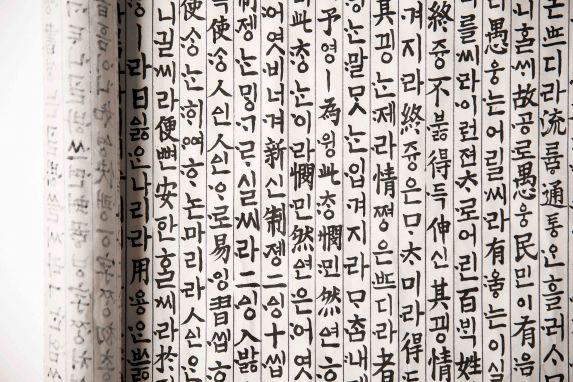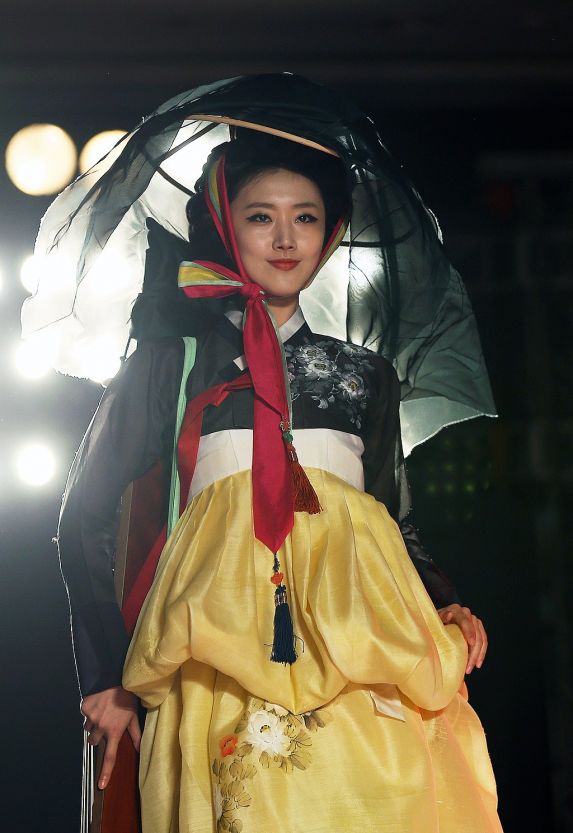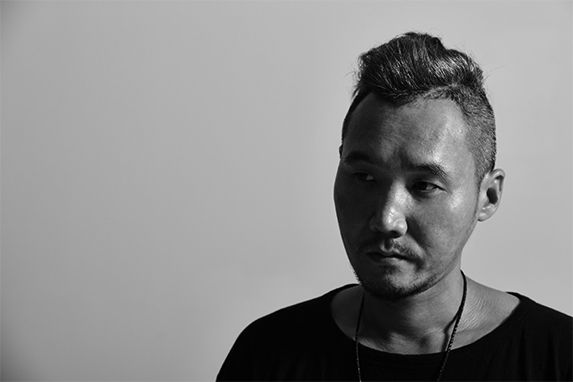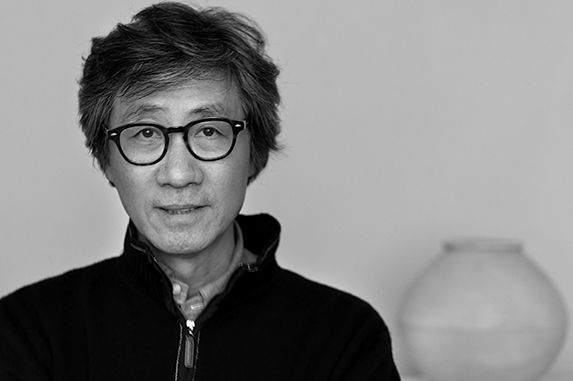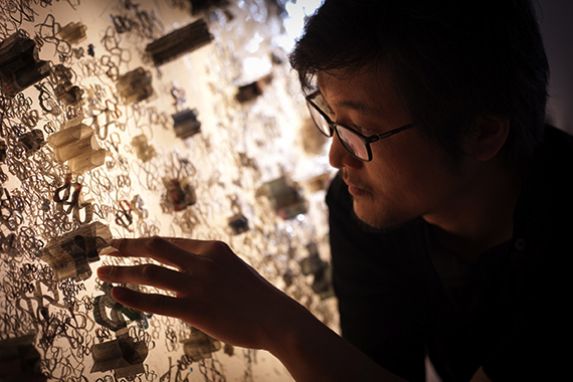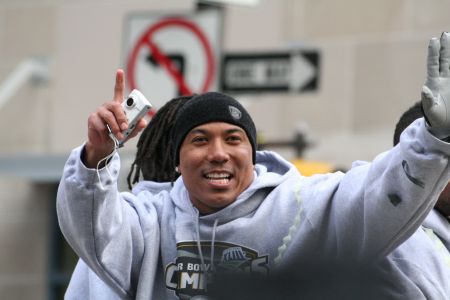CULTURAL CODE WORDS THAT DEFINE THE KOREAN MIND
In my book, Korea’s Business & Cultural Code Words I noted that all languages are reflections of the emotional, spiritual, and intellectual character of the people who created them. I also noted that the older, more structured, and more exclusive a society and its language are, the more terms it has that are loaded with cultural nuances that control the attitudes and behavior of the people. Here are introductions to 10 Korean terms that are especially important.
The Origins of Kisaeng
Written by Boyé Lafayette De MenteSkilled, Beautiful, and Much More Entertaining than Business Matters.
In ancient times Chinese, Koreans and Japanese businessmen and government officials used the sensual appeal and entertainment skills of young women as integral elements in creating and maintaining their professional relationships.
Early in Korea’s “Three Kingdoms Period” [roughly 57 B.C. to 669 A.D.] troupes of attractive young women trained extensively in singing, dancing, poetry, music and more as entertainers and became permanent parts of the kings’ courts and the various ministries of the three governments.
These young women came to be known as kisaeng (kee-sang), or “skilled persons,” and their numbers and influence increased significantly over time.
KANG.D of D.GNAK
Written by Anthony Al-JamieFashion Designer turns Imprecision into Perfection
D.GNAK, a Korean-born fashion designer trained in New York, believes truly outstanding designs don't need to make sense and has created intriguing pieces that fail tofollow mainstream design concepts. His logo, which is the reverse mirror image of his name, captures the uniqueness of his brand that goes against popular templates. Launched in 2008, the D.GNAK men’s clothing line has achieved global success. KANG. D. shared his international influences and inspirations with Seoul Journal
Photographer Bohnchang Koo
Written by Anthony Al-JamieBusinessman-turned-photographer communicates with his subjects through still-life photography, placing emphasis on sensibility
Korean-born Bohnchang Koo studied at Yonsei University with a major in Business Administration, only to discover that he was not happy as a businessman. When he was younger, Koo enjoyed playing with craftsmanship, but he believed he wasn’t qualified as an artist, so he never insisted on going to art school. After serving the army for three years, he studied in Hamburg, Germany. There, he found his possibilities, talents, and sensibility — a sensibility that was shameful in Korea. Because the students and professors in Germany encouraged his sensibility, he became confident in finding what he wanted to do with his life. What he found was photography. Since discovering his passion, Koo’s works have appeared in over 30 solo exhibitions and he has won three notable awards. Aside from being a professional photographer, Koo was a professor at Kaywon School of Art and Design, Chung Ang University, Seoul Institute of the Arts, and a visiting professor in London Saint Martin School. Seoul Journal executive editor Anthony Al-Jamie spoke with Koo about his photography, how he transitioned from a businessman to a photographer, and what inspirations he gets from other photographers to incorporate into his own works.
Artist Yun-Woo Choi
Written by Anthony Al-JamieDefying Boundaries through Massive Magazine and Newspaper Sculptures
Yun-Woo Choi received a BFA and an MFA in sculpture from Hong-Ik University, and an MFA from School of Visual Arts. Choi was a recipient of the Jung-Ang Fine Art prize in 2007, the winner of the Year in Review award in the Sculpture and Installation category from See.Me in 2014, and he participated in the Anderson Ranch Art Center’s residency program in Aspen, Colorado. His works have been featured in several shows in the U.S. and Korea, including the Chungju International Craft Biennial and the Busan International Biennial. He currently works and lives in Brooklyn, New York. Seoul Journal talked with Yun-Woo Choi to discuss his views on art and his current works.
Ballerina Hyo Jung Kang
Written by Anthony Al-JamieGraceful Ballerina Hyo-Jung Kang Dances Her Way Across the World and into the Spotlight
Hyo-Jung Kang was born and raised in Seoul, Korea. She started her ballet training in 1998 at the Sunwha Art Middle School in Seoul. From there, she traveled all over the world to train at the Kirov Academy in Washington D.C. and to perform in various parts of Asia, America, Switzerland, and Germany. Kang even participated in the Prix de Lausanne, and continued her ballet training at the John Cranko Schule in Stuttgart where she graduated in 2004. In April 2011, she was given the prestigious title of “Principal Dancer” after her amazing performance as Juliet in John Cranko’s production of Romeo and Juliet. Seoul Journal’s Executive Editor Anthony Al-Jamie spoke with Hyo-Jung Kang as she gave us insight on her life and career as a successful dancer.
Hines Ward
Written by Anthony Al-JamieNFL Analyst & Former Star Receiver Discusses his Korean Heritage
Hines Ward is a champion on and off the football field who has come a long way from his birthplace in Seoul, South Korea. The retired National Football League (NFL) wide receiver, who is currently an NBC studio analyst, holds every receiving record in the history of the Pittsburgh Steelers. Born in Seoul in 1976 to a Korean mother and an African American father, he grew up in Atlanta, Georgia and has become an advocate for the social acceptance of foreigners and mixed-race youth in South Korea. In addition, President Barack Obama, who has called Hines Ward “the happiest man in football,” appointed Hines a member of the President's Advisory Commission on Asian Americans and Pacific Islanders. The two-time Super Bowl Champion and MVP of Super Bowl XL is a four-time Pro Bowler, the all-time team leader in receptions, receiving yards, and receiving touchdowns, and the only receiver in Steeler history to surpass 1,000 receiving yards for four straight seasons. He was named to the Steelers’ 75th Season All-Time Team and on January 1 2012, his last catch as a Pittsburgh Steeler made NFL history as Hines became the eighth player to reach 1,000 career receptions. Since his retirement from the NFL, he has appeared on television and the silver screen, making cameos in The Dark Knight Rises and The Walking Dead, and championing the dance floor as a reality TV star, winning Season 12 of ABC's hit dance competition Dancing with the Stars. His many achievements have resulted in Hines being featured on the cover of such publications as TIME Magazine, Newsweek, Sports Illustrated, and Esquire, and as one of GQ's 2009 "Men of the Year.” Hines Ward shared insight into his Korean roots and his many achievements with Seoul Journal Executive Editor Anthony Al-Jamie.



